Electric Weeders
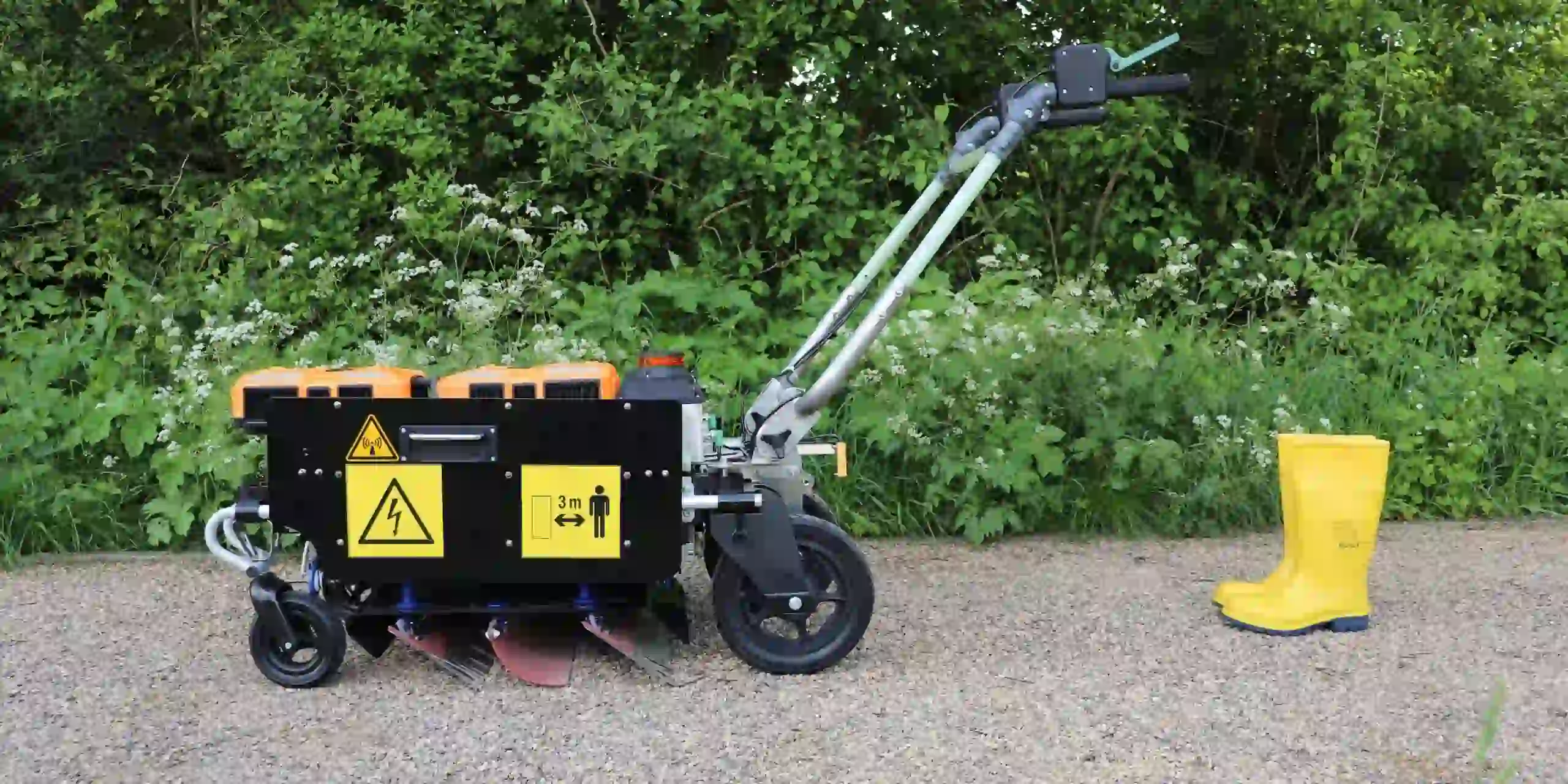
Electric Weeders
The Technology Behind Electric Weed Control
Through generating high voltage that delivers an electric current to the targeted plant. The plant’s natural resistance to the electricity generates heat, which causes the water inside the plant’s cells to rapidly boil. This heat breaks down the plant’s structure, damages the chlorophyll, and ultimately kills the plant.
The effectiveness of treatment depends on the plant's size and water content. Emerging weeds are generally easier to treat, while larger, more established plants may require multiple treatments.
Kersten UK takes operator safety seriously. Kersten Electric Weeder and Zasso Electric Weeder require annual certified application training by certified trainers to ensure operators use the machine correctly. This training includes instruction on the latest models and safety protocols when operating in public areas.
All products such as the Zap Weeder 5.3 and XPA have CE certification, which guarantees the highest level of safety controls, so that the highest level of safety for the user and third parties is always guaranteed.
Electric Weed Management Articles
No, you don’t need to burn the target weed for the device to be effective. The electricity generates heat that boils the weeds from the inside out, destroying the plant’s structure. While you won’t see immediate results, you may hear a ‘pop’ sound indicating that the plant is being boiled. The plant will appear to be decaying, and eventually dry out and decompose within two weeks.
Yes, the electric weeder does require special training to operate. Most products need operators to undergo annual certified application training. This training covers how to use the latest models and includes important safety protocols, especially for operating in public areas.
Targeted Application: Electric weed control, especially with products like those from Kersten and Zasso, allows for precise application. The Zasso Zap Weeder has electrodes closer together, making it ideal for shallower-rooted plants on hard surfaces.
The Walk-Behind Electric Weeder is ideal for use on hard surfaces like driveways, pavements, block paving, and patios. It can effectively remove weeds growing in between cracks or on the surface without damaging the underlying material or cables. For more details on suitable surfaces and tips on usage, visit our Electric Weeder page.
Electric weed control uses electricity to generate heat, which can reach temperatures up to 100°C. When this heat is applied to plants, it disrupts their chlorophyll, leading to its degradation. Chlorophyll is vital for photosynthesis, and temperatures as low as 45-50°C can cause it to start breaking down. At temperatures around 70°C or higher, the plant’s ability to conduct photosynthesis is severely impaired. Chlorophyll is essential for photosynthesis, and when it is damaged by heat, the plant loses its ability to convert sunlight into energy. As a result, the plant cannot produce food, and it eventually dies.
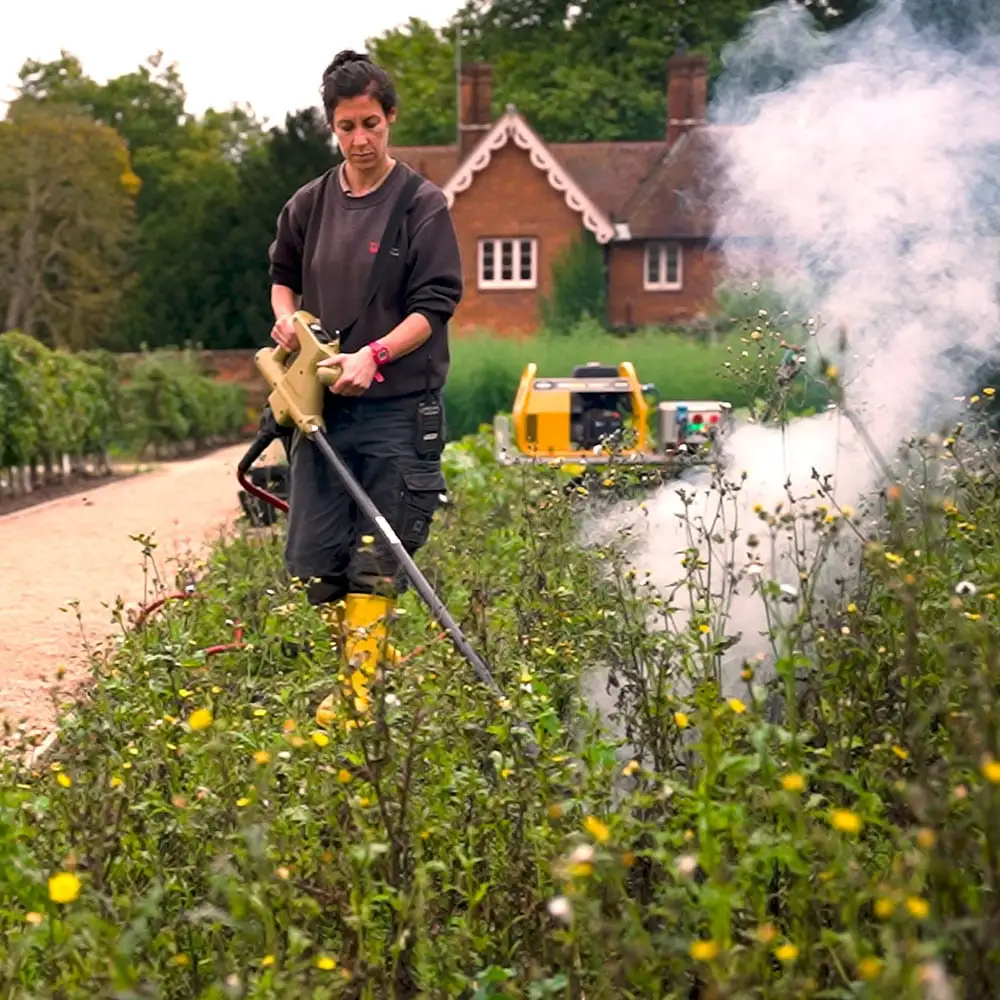
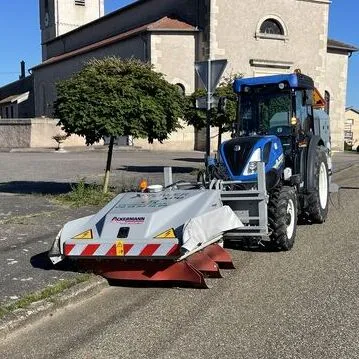
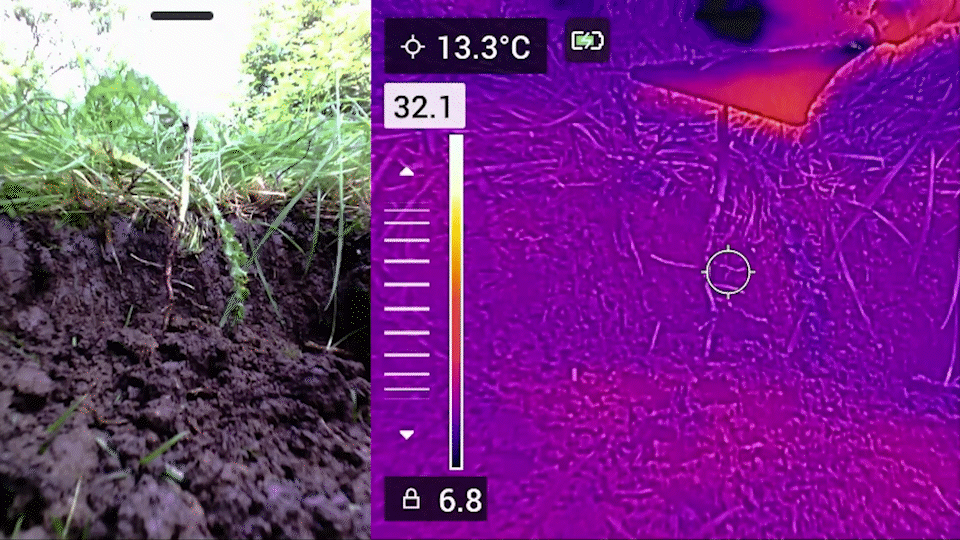
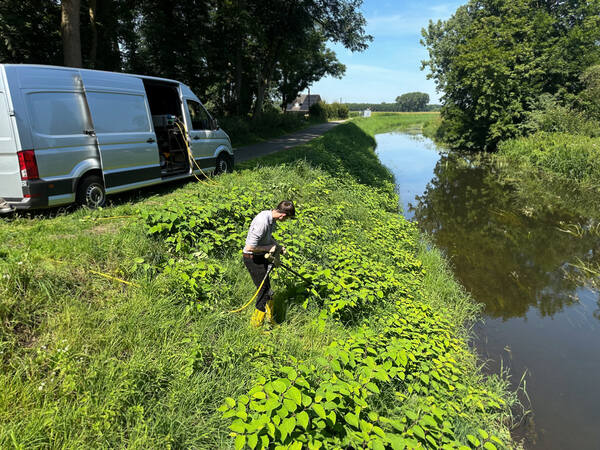

.jpg)